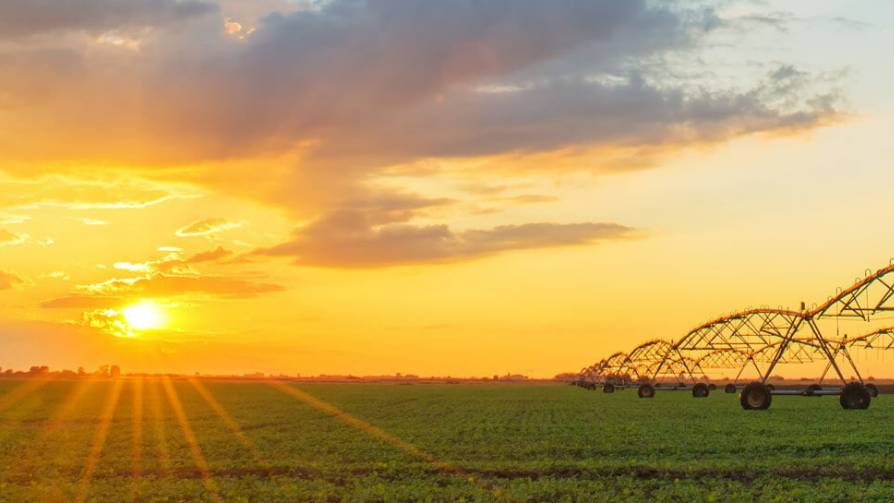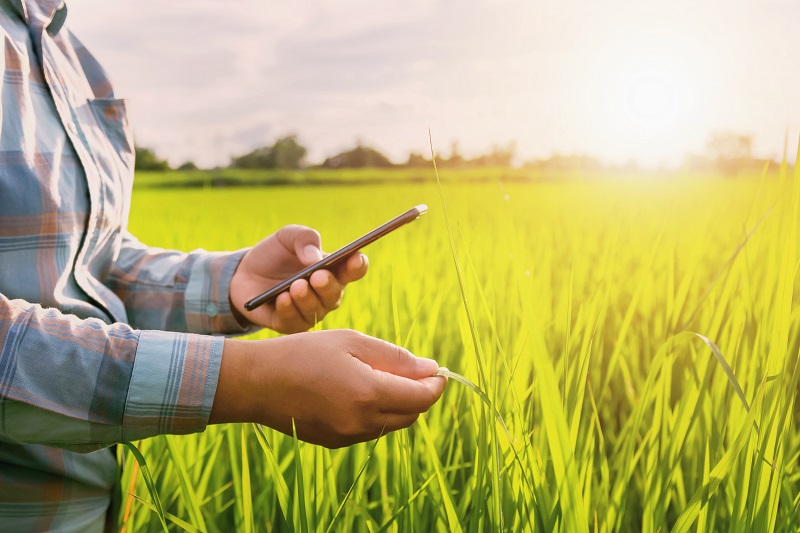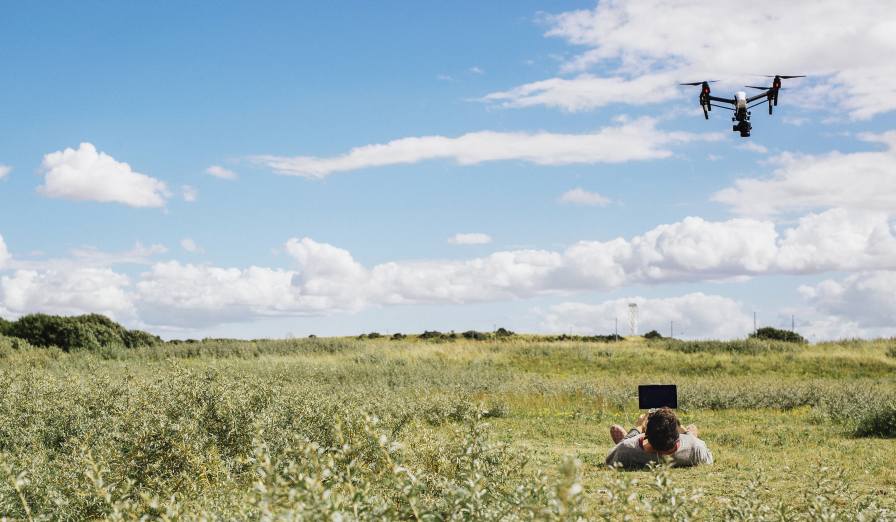Linking the Future: The Connected Agriculture Market Is Undergoing Dynamic Changes Driven By Innovation and Market Expansion Trends
The agricultural sector must both feed a growing population and address resource scarcity along with labor shortages and climate volatility which makes digital transformation essential to meet these challenges. The integration of IoT technology with AI algorithms and cloud platforms is transforming farm operations through connected agriculture. Connected agriculture enables worldwide food production to become more sustainable and efficient through data-driven decision-making improvements.
Market Snapshot
The Connected Agriculture Market worldwide shows significant growth because smart farming solutions and real-time monitoring tools gain broader adoption. The market reached USD 5.70 billion in 2024 and is expected to grow to USD 14.51 billion by 2030 driven by a 16.9% CAGR.
The upward trend emerges from growing needs for precision agriculture techniques and climate-resilient farming methods along with better farm-to-market traceability systems. North America maintains its leadership position through its early adoption history and established technological infrastructure but the Asia-Pacific region will experience the most rapid expansion due to rural connectivity initiatives and smartphone adoption alongside Agri-digitalization policies in countries like India and China.
Companies like Deere & Company, Trimble Inc., AGCO Corporation, BASF SE, Bayer AG, Hexagon AB, Topcon, Sentera, Farmers Edge, and CLAAS KGaA mbH lead the connected agriculture ecosystem together with regional agri-tech startups that transform traditional farming methods.
MORE BY THE RESEARCH INSIGHTS
Harvesting Tomorrow: New Ideas and Changes in the Agricultural Robots Market
From Intuition to Intelligence: A Digital Shift in Farming
The agricultural sector which once relied on manual work and experiential choices now evolves into an intelligent industry through data utilization. Modern agricultural tools such as real-time weather alerts, GPS-tracked tractors and mobile-controlled irrigation systems enable farmers to maximize process efficiency which leads to better crop yields and higher profits.
Core Technologies Driving the Market
Connected agriculture extends across multiple applications and tools such as:
- IoT Sensors: Real-time monitoring of soil moisture and nutrient levels along with crop growth and livestock vitals provides essential data for smart agriculture.
- Cloud-Based Data Platforms: Remote access to centralized data provides actionable insights through AI-driven analytical processes.
- Smart Irrigation & Fertilization: Use precise field data to automate input and water usage which reduces waste.
- Mobile Farm Management Tools: Farmer apps deliver location-tailored recommendations and alerts to improve agricultural productivity.
- Livestock Monitoring Systems: GPS along with RFID tags and biometric sensors enables effective animal health management and productivity tracking.
- Supply Chain Digitalization: Utilize blockchain technology to track food products and maintain safety standards throughout their journey from production to retail.
Emerging Innovations & Unique Trends
Next-generation capabilities drive rapid evolution in connected agriculture beyond traditional technology frameworks.
- Edge Computing on the Farm: Modern devices process information on-site before they connect to cloud services which minimizes latency while enabling real-time decisions even where internet access is restricted.
- Agri-Fintech Synergies: Connected platforms in developing nations now integrate digital lending and micro-payments with crop insurance to provide farmers access to financial services that rely on real-time farm performance data.
- Satellite-Enabled Connectivity: Through their satellite internet services Starlink and OneWeb extend connectivity to distant regions which enables connected farming capabilities for areas that lacked internet access before.
- Open-Source AgTech Platforms: Interoperable APIs alongside open standards work to enable multi-device integration which reduces vendor lock-in while increasing farmers’ operational flexibility.
Digital Sustainability: Smarter Inputs, Lower Emissions
Connected agriculture supports climate-smart farming through efficient resource use which diminishes input waste and water consumption while lowering carbon emissions. For example:
- Precision irrigation methods enable farmers to decrease their water consumption by a maximum of 30%.
- VRT technology enables targeted fertilizer application to specific areas that require it.
- Farms achieve carbon compliance and ESG targets through the use of emissions monitoring tools.
- Electric-powered and solar-powered agricultural devices continue to enable agriculture to reduce its carbon footprint.
These technologies serve dual purposes by conserving natural resources while simultaneously meeting the increasing consumer and regulatory requirements for sustainable food production.
Challenges to Widespread Adoption
Connected agriculture shows great potential but requires addressing multiple obstacles before reaching its full capability.
- High Initial Investment: Small and mid-sized farms face high expenses when purchasing agricultural devices and platforms.
- Rural Infrastructure Gaps: Unreliable power and internet hinder full deployment.
- Digital Literacy: Numerous farmers do not have access to adequate training programs or support systems to effectively use advanced agricultural technologies.
- Data Security and Ownership: Farmers still face unresolved challenges about data storage methods as well as ways to share and monetize agricultural information.
- Fragmented Standards: Universal communication protocols do not exist for devices which results in reduced interoperability.
To close existing gaps in agricultural technology deployment governments along with agribusinesses telecom providers and educational institutions must work together.
The Road Ahead: A Connected and Resilient Agricultural Ecosystem
Connected agriculture will serve as the foundation for building resilience and securing food systems as climate risks escalate and agricultural systems become more intricate. Agriculture is becoming smarter and more inclusive through innovations such as real-time supply chain visibility and weather prediction modelling alongside automated compliance reporting.
The advancement of agricultural innovation along with growing public and private sector support suggests we are moving towards a future where agriculture achieves intelligence, efficiency and regenerative qualities beyond basic connectivity.
Digitizing the Roots of Global Food Systems
Connected agriculture represents a revolutionary movement that transforms the entire food system by changing agricultural practices and consumption methods. Digital connectivity enables farmers across rural India and high-tech American farms to make smarter decisions while conserving resources and fulfilling increased demand.
The development of connected agriculture into a fundamental component of global food security depends on suitable infrastructure, partnerships, and policy frameworks so that agriculture remains scalable, profitable and maintains resilience, inclusivity, and sustainability for future generations.









